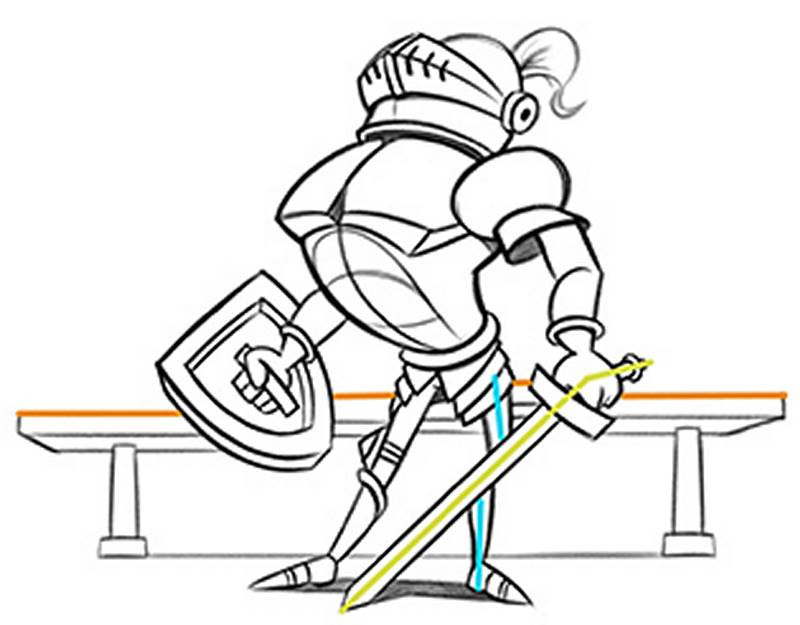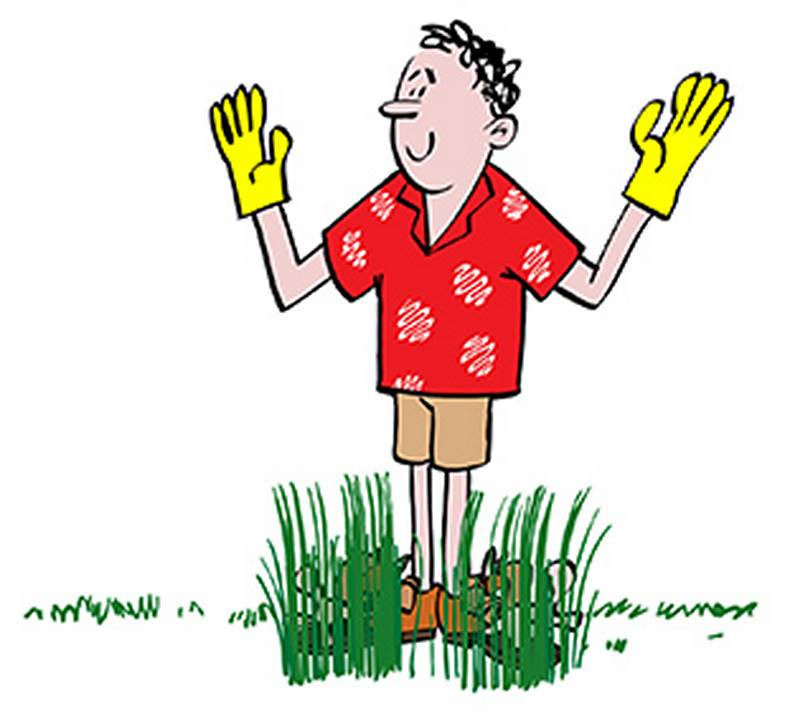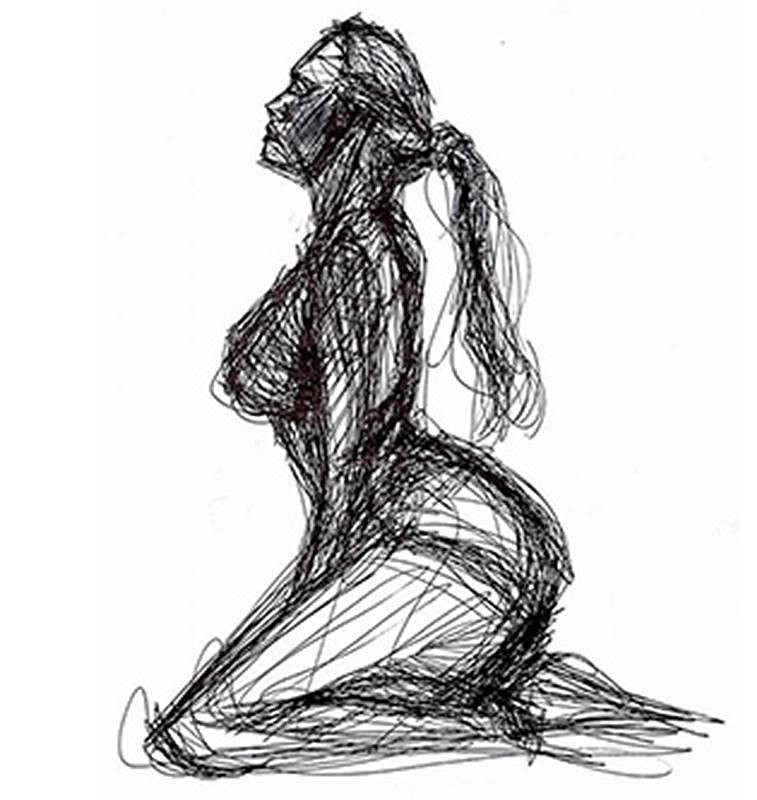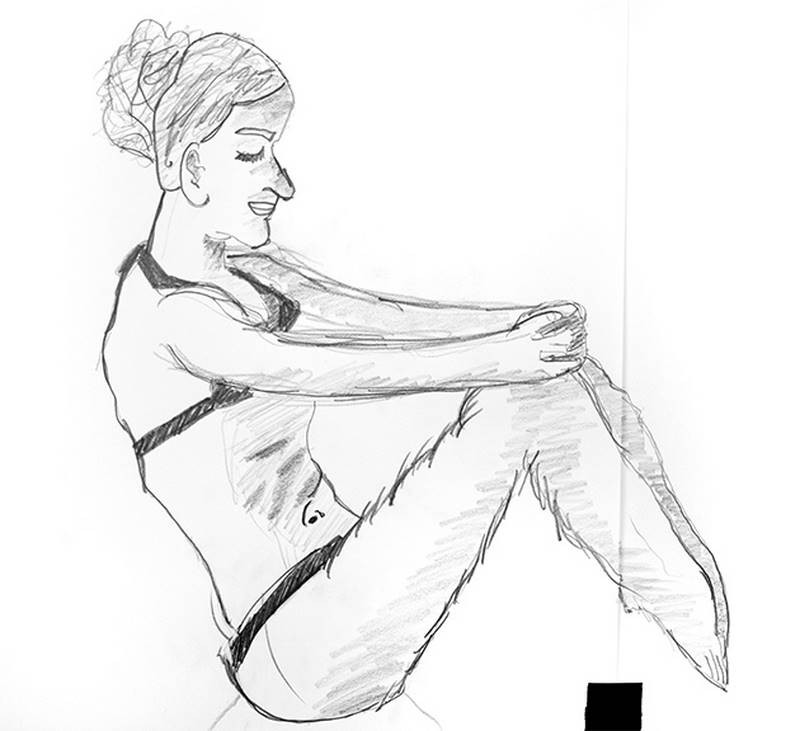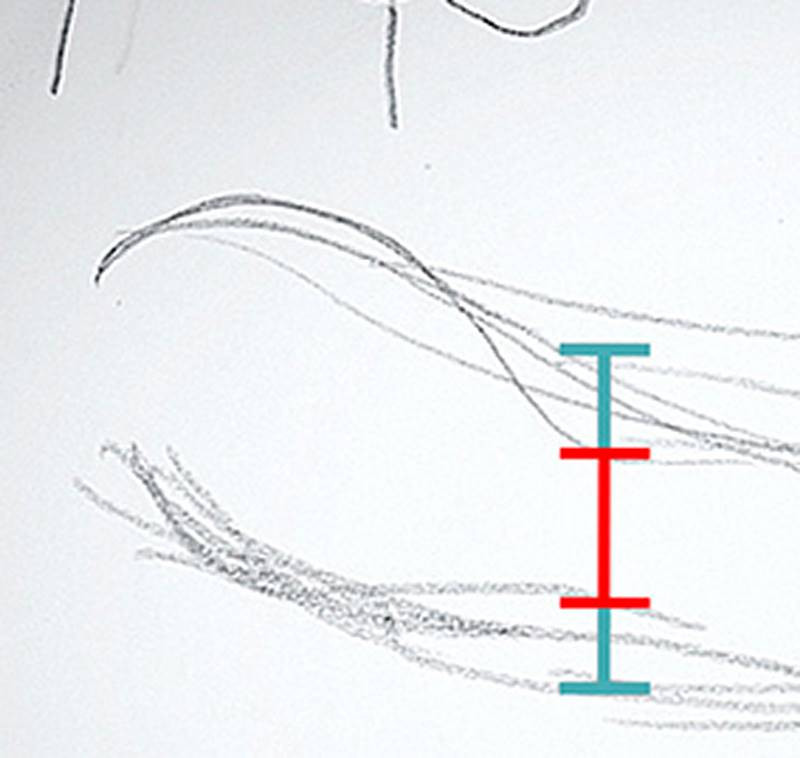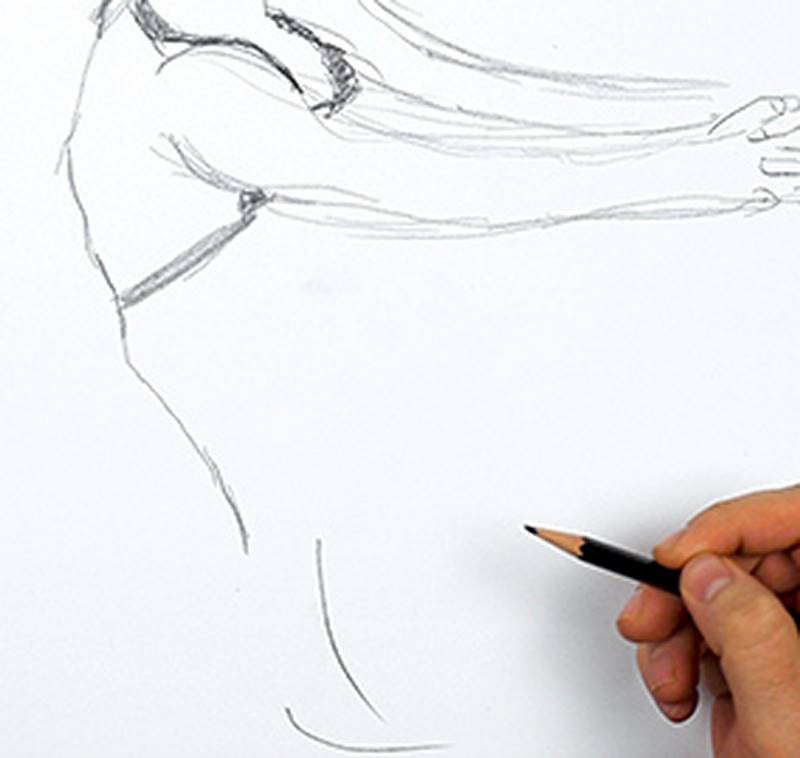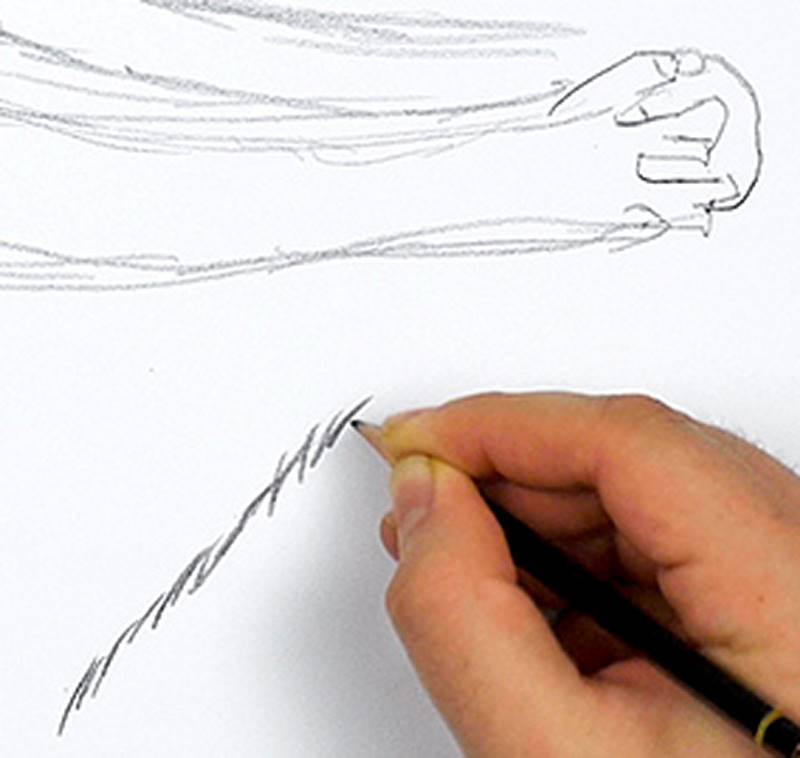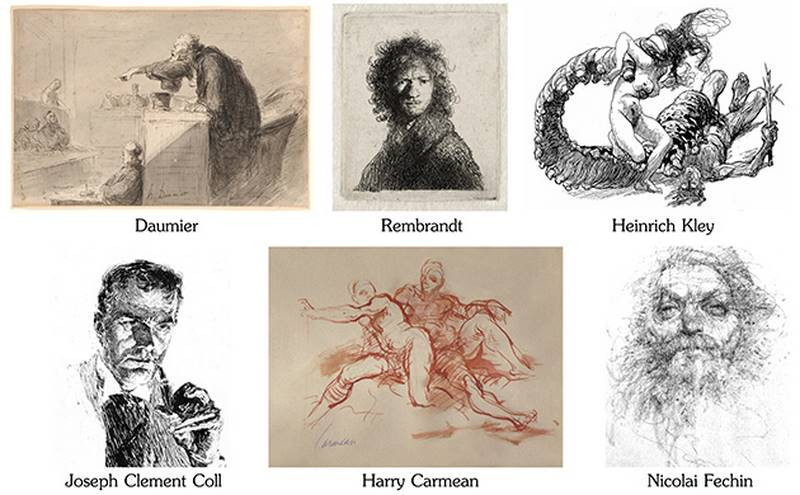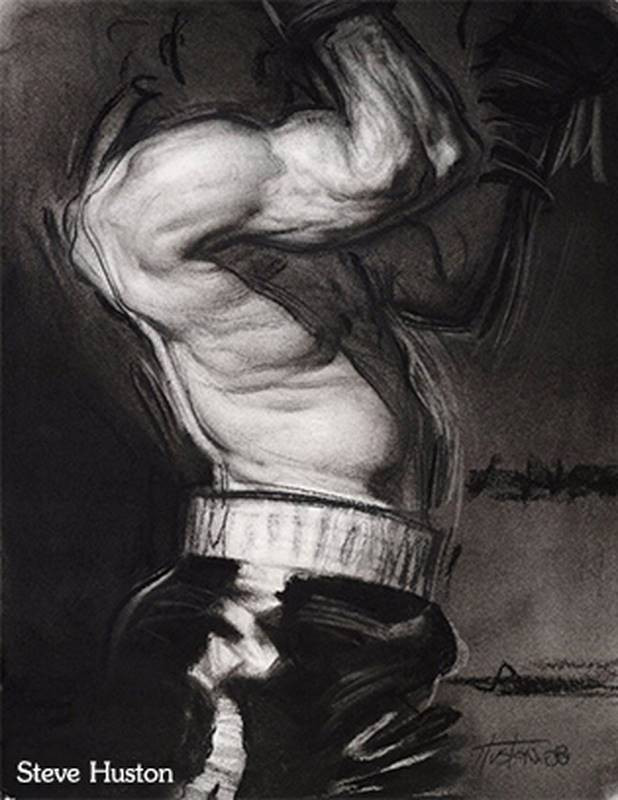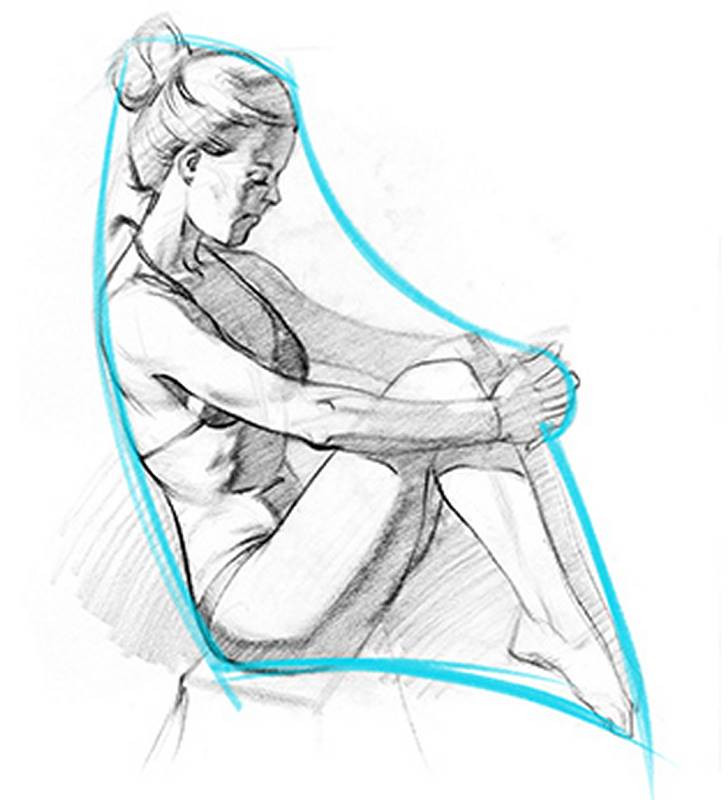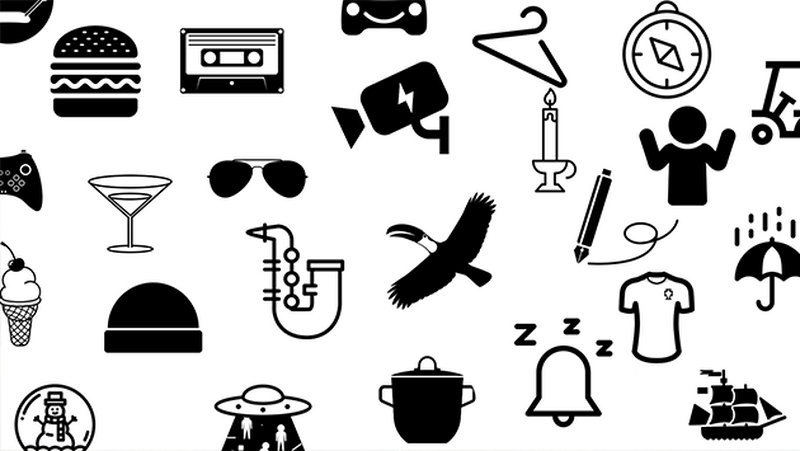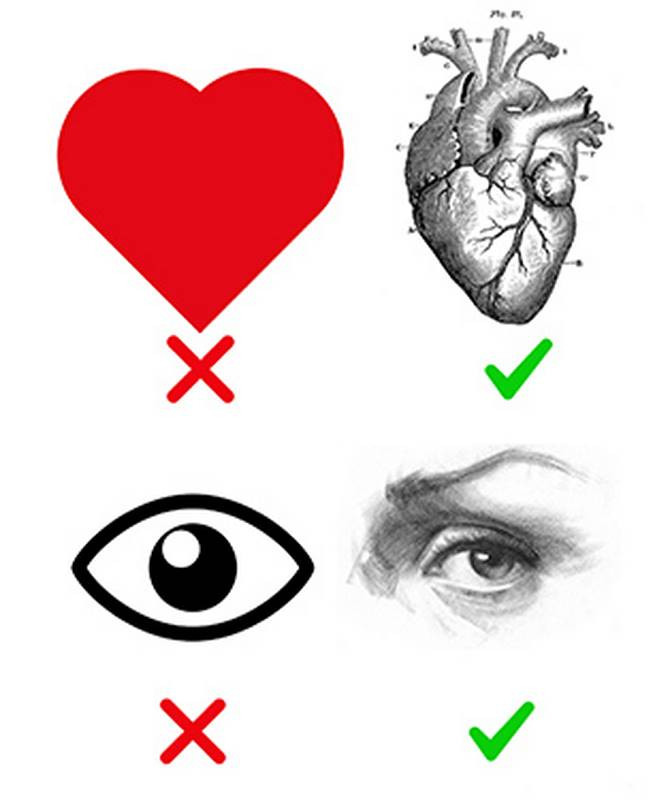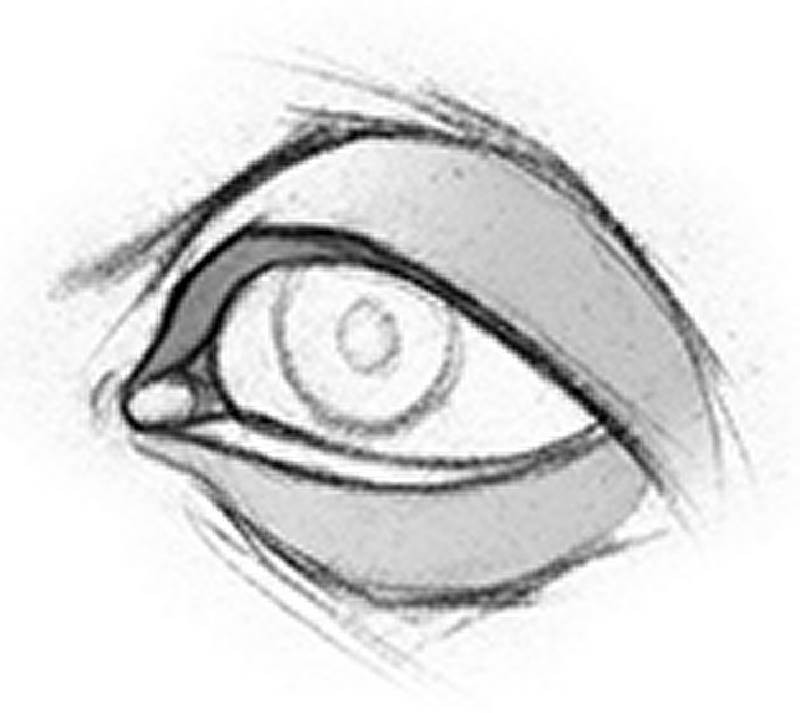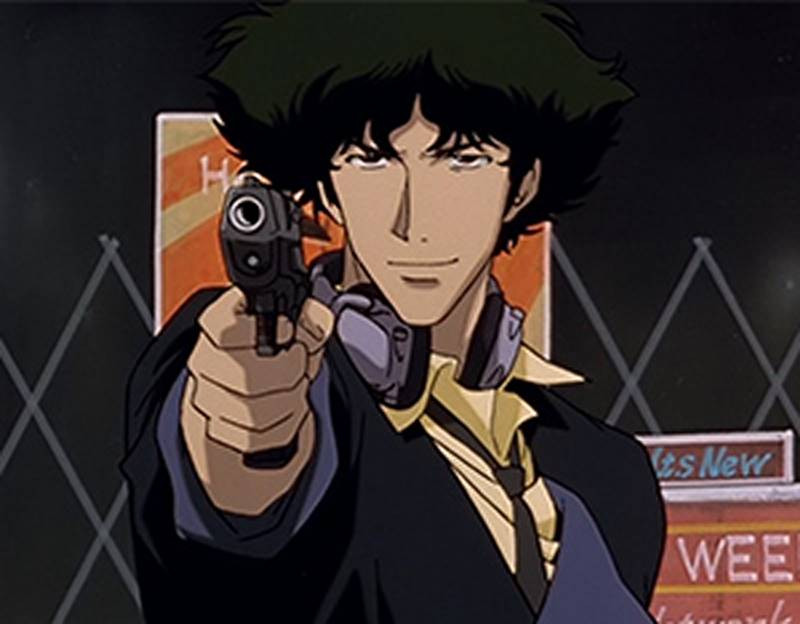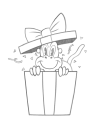My last video on the Top 5 Shading Mistakes was really well received, so I'm back with another, Top 5 Drawing Mistakes. Shading is part of drawing, but I'm excluding that from this video, because... I already covered it. So watch and see if you're making any of these mistakes. Statistically, you probably are. But it's all good. Learning from your mistakes is what makes you a better artist.
Before we jump in, I want to quickly mention that I'm working on a drawing basics course. It's meant to be a new artist's first course. Get you started doing the right things and hit the ground running. If you don't want to miss it when it comes out, get on the newsletter.
So, here are 5 drawing mistakes you're probably making, and how to fix them.
#5 - No continuity
When I say there's no continuity, I'm talking about stuff like the edge of a table that changes levels every time it disappears behind an object, the limbs don't line up, the hilt of a sword that changes angles or thickness as it comes out of a hand... stuff like that. This mistake can be fixed by using your artistic superpower, X-RAY VISION! I'm talking about drawing through your forms. Use light lines to draw through objects to make sure everything is the right size and in the right place.
Maybe some of this information and some of these lines won't make it to the final drawing, but as the creator of this world you need to understand more than you show. Starting the drawing with x-ray vision allows you to define those things that are behind other things and not lose continuity.
#4 - Avoiding Weaknesses
The next mistake is avoiding drawing things just because you don't know how to draw them. Everyone's done this at least once, me included. It looks like this. Can't draw hands? Put them in pockets, or gloves, or just crop them out. Can't draw feet? Isn't that why they invented shoes? I'll just make this grass patch a little taller.
I know some landscape artists that paint only landscapes because they're not good at painting people. These are professional landscape painters. They show and sell their work in galleries. There's nothing wrong with landscapes. They're beautiful. But personally, I would feel very limited if I always had to remove people from my landscape paintings. Or only paint them from the back.
Imagine James Gurney's paintings without people or animals. They would be so much more lonely.. Still beautiful, but aren't you glad that James learned how to paint anything he wanted? Don't you want to be able to paint anything you want?
Avoiding your weakness becomes a pattern. A habit. You can get away with this for a while, but really you're just stumping your own growth. Why limit yourself? And artist to artist, it's super obvious what you're doing. Yeah, I see you.
Instead, face them head on. Be determined to make your weaknesses into your strengths. And be confident enough in yourself to believe that you can turn weaknesses into strengths.
A great man once said: You're not defined by your problems, but by your response to them.
#3 - Messy lines
I make my own share of messy drawings. Messy lines are fun. Making messy lines frees you up from not making any lines at all for fear of making them messy. So go ahead. Have fun. Make a mess. But don't call it mastery. Masters get wild by choice, not by lack of skill. And please don't call it your style. A lack of skill is an embarrassing style.
Let's look at an example of a messy drawing. Too many lines make this drawing unclear. Drawing is communication, and unclear drawing is just muttering.
If you need 6 lines to indicate the contour of an object, is it because you just love that six-line look, or because you don't know which line is right? Or because you were rushing or nervous? Are you proud of the fuzziness?
How would I check my proportions on this arm? It's like a map that says, "I dunno, it's around here somewhere.
Is this actually the shape of the hips? Or you just didn't spend the time to define it?
Is this leg really covered with fur? Or you just can't pull one long fluid line? It's probably because you're using your wrist and fingers to draw long lines instead of your elbow and shoulder.
Train yourself to be able to draw long fluid strokes from your shoulder and short detailed strokes with your wrist. And slow down to think about your lines. Replace your sloppy habit with deliberate masterful dexterity. It'll take time, a lot of time. But the longer you wait, the stronger the bad habit becomes.
Here are some examples of masters getting wild by choice.
Their lines look messy. But it works. Why?
In this drawing, Steve Huston uses many lines to create an energy or feeling of motion. He's not "searching". He knows exactly where the arm is and where every muscle on the arm attaches to the bones. The ‘messiness', if you can even call it that, is intentional:
There are plenty of examples where messiness is good. Be honest. Is your messiness intentional? Or is it a bad habit?
#2 - Proportions
You've got to have good proportions, or your drawings just won't be believable. That means drawing accurately from a reference. Or stylizing and exaggerating in a balanced way, that looks cool even though it's not perfectly accurate. Either way, you need to be in control of your proportions. To do that you have to train your eye to see accurately. The way to train your eye is to check and double check your work. Measuring with a tool, like your pencil, trains you to eventually be able to measure with just your eyes.
If you're spending more than 10 minutes on a drawing, you should be using measuring techniques to check and correct your proportions. It's that simple.
Checking proportions can be kind of time-consuming or boring at first, but with practice you'll get really fast at it. For me, it's basically a subconscious thing now, and it takes no time at all. My proportions are not perfect. I make mistakes all the time. But the process of measuring and getting my drawing to an accurate point, isn't difficult anymore. If you need a refresher on human proportions or measuring correctly, I've got lessons in my figure fundamentals course:
Human Figure Proportions – Average Figures
Human Figure Proportions – Cranial Units
Human Figure Proportions – Idealistic Figures
So, get on it. It's important!
Finally, the #1 most common drawing mistake I see is...
#1 - Symbols
We all start drawing this way. Ask a child to draw a face, she'll draw an emoji of a face. As her to draw a house, she'll draw the universal symbol for house.
Even as adults, our minds are full of symbols. I'm sure you know a heart doesn't actually look like that... And an eye doesn't actually look like this. It's closer to an eye than this is to a heart, but still, it's a simplified symbol. We recognize symbols quickly because we've seen them before. But when we want to draw something new - something we haven't seen before and that looks like the real thing, we need more than symbols.
I see two solutions to this. An easier more beginner solution. And an advanced solution that takes longer to learn.
Some artists get past symbols by drawing with their eyes squinted to notice the actual shapes. Or by drawing the reference upside-down. This allows you to see the reference fresh, in a way you haven't seen it before, forcing you to observe the actual shapes. Personally, I don't like to draw upside-down. I avoid symbols by paying close attention to the subject in front of me.
But it takes more than just looking closely if you want to edit or invent. The advanced solution is to learn the anatomy and the forms of the things you draw. An eye has anatomy and form. The lid wraps around the eyeball, opens and closes on it, and this cornea creates an extra bulge. The lids have thickness, revealed by their top and bottom planes. That's anatomy. That's form!
To observe, trust your eyes. "Draw what you see, not what you think you see." To understand what you see, learn anatomy, and you'll see more than what meets the eye. To invent, learn the forms from their varying angles. That way you can draw what you see in your imagination.
But what about cartoons? Is it wrong to simplify and draw symbols in a cartoon? No! Cartoons are not real. They are simplified animated symbols. Unless you're thinking of a cartoon like this. Something like this is a lot closer to reality.
Intent is important. If you're going for realism, avoid symbols. If you're trying to draw a realistic portrait and you're popping Egyptian hieroglyphs for facial features, I will find you, and I will teach you to draw.
And that's it! Did any of them feel a little too familiar? Let me know in the comments. Which of these mistakes do you make?
Again, if you want to participate in the Drawing Basics course, make sure you're subscribed.
And if you have a few seconds, do me favor. If you have any friends or classmates that make some of these mistakes, save them! Tell them about this video.

